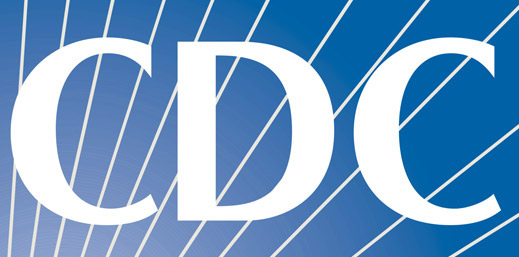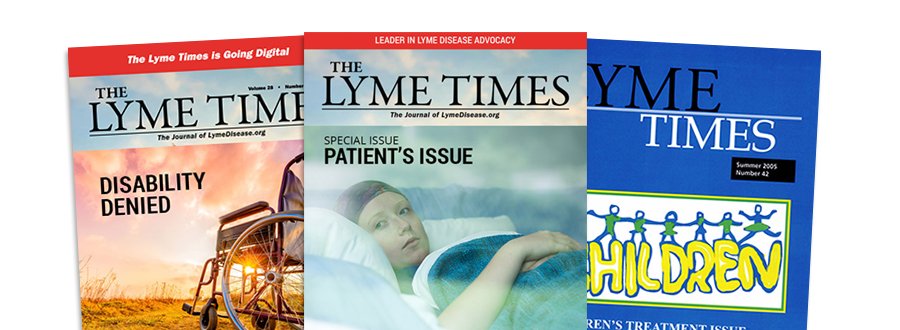- Home
- Find A Physician
- FIND A PHYSICIAN
- LymeTimes
- Current Issue
- Archives
- FEATURED LYMEDISEASE.ORG ISSUES
- Resources
- LYME LITERATE PHYSICIAN VIDEOS
- Physicians
- Members
- About Us
- Resources
O n December 3, I gave oral comments to the federal Tick-borne Disease Working Group. I focused on how use of the term Post-Treatment Lyme Disease Syndrome (PTLDS) harms patients.
The term was initially introduced by the Infectious Diseases Society of America (IDSA) as a research definition. However, it has been conflated with clinical diagnosis and has been used to deny Lyme patients the diagnoses and treatments they need to get well. It also implies, without evidence, that patients received adequate treatment and that any remaining symptoms are caused by something other than an infection.
Public comments were limited to three minutes per person. However, I’ve expanded my remarks in this blog so that I can explain the issue with more detail and quote my sources.
What is Post-Treatment Lyme Disease Syndrome (PTLDS)?
 The term PTLDS was first proposed in 2006 by the IDSA in its Lyme guidelines. It specifically incorporates the CDC surveillance case definition, meaning that a patient must satisfy the CDC surveillance criteria to be included in the term PTLDS.
The term PTLDS was first proposed in 2006 by the IDSA in its Lyme guidelines. It specifically incorporates the CDC surveillance case definition, meaning that a patient must satisfy the CDC surveillance criteria to be included in the term PTLDS.
The guidelines state, “Inclusion criteria: An adult or child with a documented episode of early or late Lyme disease fulfilling the case definition of the Centers for Disease Control and Prevention” (Wormser et al., 2006).
When the IDSA proposed the term, the authors said it was an “attempt to provide a framework for future research on this subject and to reduce diagnostic ambiguity in study populations.”
Is PTLDS the only research definition for chronic Lyme disease?……….. Join or login below to continue reading.
You must be a LymeDisease.org member to access this content.





























